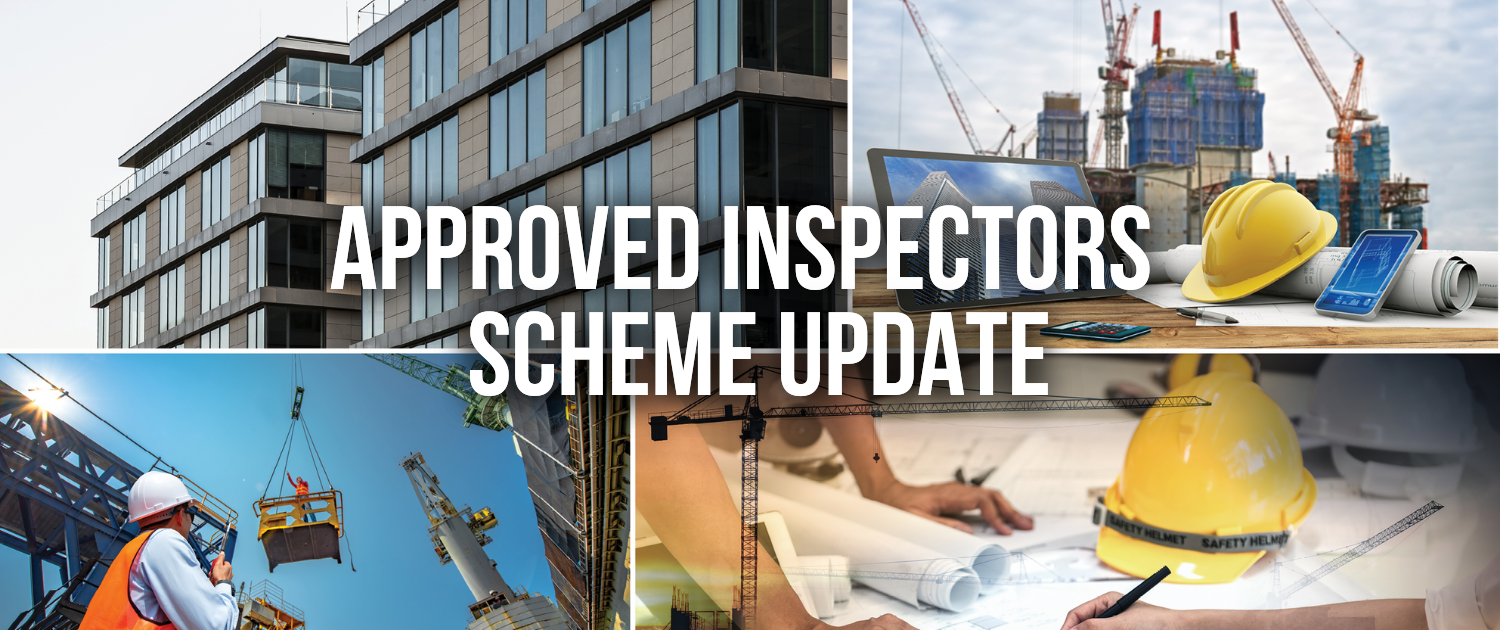Approved Inspectors – Update:
New Insurance Schemes Approved by MHCLG
We are pleased to announce that we have received approval from the Ministry of Housing, Communities and Local Government (MHCLG) for new Griffiths & Armour Approved Inspectors Schemes.
This update is designed to clarify:
• the details of the schemes,
• their compliance with the Insurance Criteria of MHCLG,
• amendments to the policy wordings and
• how and when this will impact on our Approved Inspector (AI) clients.
How has the current Professional Indemnity (PI) insurance market impacted Approved Inspectors (AIs)?
The background to the new schemes and their approval is lengthy and complex. At the same time, the PI insurance market is in a state of flux, with significantly reduced capacity leading to increased premiums and restrictions in cover across the construction professions generally.
Our Information Alert released in November provides further information about the PI market and the range of factors that required to be addressed as part of the renewal of our PI scheme facilities.
This situation for AIs is exacerbated as their insurance programme has to meet the minimum criteria of MHCLG, which both limits the insurers involved in the market in the first place, and restricts the ability of those insurers to amend coverage in line with their risk appetite.
As a result, several insurers have withdrawn from underwriting AI risks at all. In an effort to increase the options available to AIs, MHCLG agreed to amend the insurance criteria, and the new criteria were published in November 2019.
Griffiths & Armour have worked closely with our long-term insurer partners to formulate a proposal for a new scheme which meets the new MHCLG criteria whilst also maintaining insurer appetite for AIs. As we have done consistently since creating the first commercially available AI solution 25-years ago, our objective to ensure that long-term sustainable PI cover remains available to our AI clients is central to this effort.
The new schemes which have now been approved, will apply to all AIs with renewals from 1st May 2021 onwards – each Griffiths & Armour client will be required to renew into the new approved schemes.
Important Dates where changes to Cover apply to All AIs (regardless of Renewal Date)
It is important to recognise that the new policy wordings agreed by MHCLG contain some fixed dates in terms of changes to cover and how it operates. Even for those clients who don’t renew until later in the year (or even into 2022), these same dates will be applicable going forward.
Therefore, in order to benefit from future cover the following changes must be accounted for within your risk management systems and processes, and contractual obligations, with immediate effect.
The key changes to coverage and operation of AI policies are as follows:
1..Revision to definition of ‘The Business’:
The Insurance Criteria only relates to the statutory obligations of an Approved Inspector. Therefore, the PI policy is structured to specifically cover only the liabilities arising from the statutory obligations of an Approved Inspector. The definition of ‘the Business’ now refers to the role of an Approved Inspector, as defined in the Building Act 1984.
The majority of AI firms limit their activity to statutory services only.
However, for those firms who also provide other non-statutory services to their clients (that are often seen as a natural additional step) – for example, warranty work, fire risk assessments, and building control consultancy, a separate policy is likely to be required to cover the liabilities arising. This separate policy will be offered in conjunction with the renewal of your AI policy, and the aim is that the cost differential will be negligible.
This change ensures that only the AI elements of your coverage are subject to the MHCLG criteria.
2. Excess operation change:
One of the areas affecting appetite in the insurance market was the maximum self-insured excess of £5,000 imposed by the previous criteria. This was contrary to custom and practice in the wider PI market, where an excess is typically linked to the size of the business. This limitation has been amended in the new criteria, with excesses now generally set at a maximum of 2.5% of sum insured (with some exceptions for firms with turnover below £200,000).
Insurers do now have more flexibility around the self-insured excess level but are aware that a significant sudden increase in excess may be of concern. We will work closely with clients to try and use a stepped approach with the aim of getting excesses to an appropriate level for the size of each firm. As a guide, most construction professionals carry an excess of between 1% – 3% of fee turnover.
Another slight change going forward is that the excess will apply to the first part of each & every claim, regardless of whether the payments relate to defence costs or damages/settlement payments.
3. Fire Safety Notifications (FSNs):
As all AIs will be aware, one of the major current concerns of insurers has been around ‘Fire Safety Notifications’ (FSNs), and the potential legacy exposures, particularly in relation to external cladding.
Going forward, the following amount of cover will apply for FSNs on AI policies:
£1m each & every claim basis, subject to a minimum of £3m aggregate.
The definition of Fire Safety Notifications will be:
‘Any Claim(s), losses, liability, costs, expenses or Other Costs directly or indirectly arising out of or connected to the fire resistant and/or fire-retardant characteristics of external cladding systems.’
For most AIs this will be an improvement on existing cover. In order to persuade insurers to expand cover in this highly controversial area, other limitations to exposure were required. In particular, with regard to contractual liabilities, which, as all AIs know, has been a key concern of insurers in the last couple of years and an area where we have provided very clear guidance.
4. Contractual Liabilities:
The new approved policy wording contains a new exclusion in respect of ‘any Claim arising from a contract, agreement or appointment signed, entered into or concluded on or after the 1st July 2021, which contains provisions more onerous than the ACAI/CIC approved ‘Contract for the Appointment of an Approved Inspector…’
It has long been contended by insurers and AIs alike that given the nature of an AI’s role and the fact that the duties and obligations of an AI are clearly set out in statute, it is inappropriate for additional contractual obligations to be accepted.
Nonetheless, AI employers have insisted on bespoke contracts, wide-ranging additional contractual obligations and extensive liabilities. With effect from 1st July 2021 no AI insured in the Griffiths & Armour schemes will have insurance cover that responds to these additional liabilities.
This approach has been expressed as a preference by many AIs, who feel that their negotiations with clients will be far simpler in this environment. We are of course able to provide any support required in terms of client discussions and we will be providing a form of letter that you can share with your clients setting out the position clearly.
Please rest assured that claims arising from contracts signed previously that impose greater liabilities are not specifically excluded (and liabilities arising would benefit to cover generally, subject to the normal terms, conditions and exceptions of the policy).
Please note that the date of 1st July 2021 is a fixed date that will apply regardless of renewal date of the AI in question. So, even for an AI who renewed their policy in March 2022, it is the same date of 1st July 2021 that will be detailed in the policy when it renews, so the same restrictions apply in terms of signing contracts after that date.
This ensures no AI is at a commercial advantage over another and enables clear messaging to both the AI community and their clients.
5. Third Party Contracts and Collateral Warranties:
An exclusion is included in the policy in relation to Claims arising from Collateral Warranties or other Third-Party contracts signed after 1st July 2021.
The fact that Collateral Warranties and Novation Agreements are not appropriate for a firm carrying out a statutory role has been accepted for several years. Again, this is a fixed date detailed in the policy wording itself and will apply to all AIs regardless of renewal date.
We don’t believe this will be an issue for the majority of AIs, as most have been refusing to extend their liability in this way for some time.
6. Total Aggregate liability of £15m:
One of the criteria requirements of the MHCLG is the ability to include an overall cap on exposure per AI per year of £15m in the aggregate. This is written into the policy wording going forward.
In day-to-day practice, cover will operate on an each & every claim basis to whatever limit the AI chooses to purchase, but the primary layer £5m policy exposure is capped at £15m in the aggregate, inclusive of costs.
This is expected to have little practical impact as claims against AIs have not traditionally been particularly large in size. It is an example of insurers limiting their overall sideways exposure by utilising one of the parts of the insurance criteria that they see as a benefit rather than an additional exposure.
7. Run-Off Cover:
The length of run-off cover reduces from 10-years to 6-years, for any Initial Notice signed after 1st July 2021.
This is a technicality, but something that has caused some challenge and concern to insurers who are required to provide the run-off. Indeed, the 10-year run-off requirement has been seen as a barrier to some insurers entering this market. Reducing it to six years brings AIs in line with RICS members among others.
Again, picking one fixed date makes for clarity and easier messaging to the AI community and their clients. The same date will apply for all AIs regardless of renewal date of their policies. There is a worked example contained within the policy wording to highlight what this run-off cover amendment means in practice.
8. Additional Clauses:
Some covers that previously applied as ‘additional’ have been reduced in monetary value and/or removed.
a. Compensation for Court Attendance – reduced to £325 per person per day, and not to exceed £50,000 in any insurance period
b. Criminal Prosecution Defence Costs – capped at £50,000 per insurance period
c. Infringement of Copyright – no longer covered
d. Loss of or Damage to Documents – capped at £50,000 per insurance period
e. Tribunal Costs and Expenses – capped at £10,000 per insurance period
f. Asbestos – cover is no longer provided in respect of claims related to asbestos
9. Innocent Non-Disclosure Clause:
A new Innocent Non-Disclosure clause has been included which, for consistency, now mirrors the terms of the current RICS minimum insurance requirements.
It is vital that all clients understand:
- what constitutes a fair presentation of risk, and
- the importance of notifying all potential claims, or circumstances that could give rise to a claim prior to the expiry of their current policy.
We are happy to provide further specific guidance on any issue that could be deemed a notifiable circumstance and please liaise with your Griffiths & Armour contact without delay if there are any particular matters you would like to discuss.
10. Public Liability Policy:
There have been changes to the wording and structure of the Public Liability Policy which generally mean that clients will benefit from additional or greater extent of cover going forward (compared to their expiring policy).
Further information will be provided at renewal to clarify the impact of the evolving structure and each AI will be actively encouraged to thoroughly read and understand the cover provided by the new scheme.
We trust that this update provides clarity on the policy changes for AIs. We are confident that our new scheme structure offers essential protection that is carefully tailored to meet your individual regulatory needs.
We plan and expect to be in detailed contact with each of our clients. In the lead up to your renewal we will discuss the appropriate cover structure that we recommend for your individual requirements.
In the meantime, if there is any aspect of this update that you would like to discuss, please get in touch with your usual Griffiths & Armour contact or click below to submit your enquiry.






